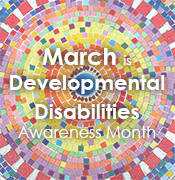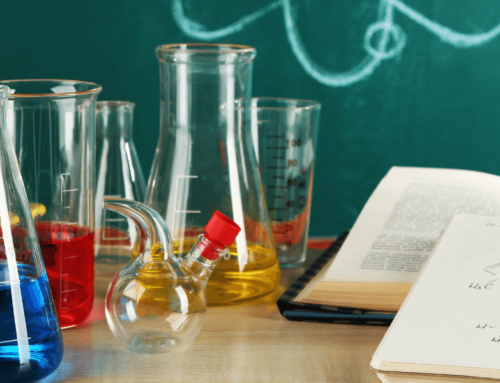
While visiting a seventh-grade classroom earlier this week, I was impressed with the dialogue among table groups collaborating on an upcoming project. One group discussed the impact of recent national and global events on individuals, families, and communities. Julia, a student from that group, shared a story about her cousin with visual impairments who was particularly impacted by therecent news of fires and floods, as well as glitches in emergency response alerts and record-breaking cold weather on the East Coast. The rest of the group listened intently as Julia recounted the emotions her cousin had experienced during these events.
Another student named George shared that he too has a family member with a physical disability, who had expressed deep concern regarding the impact a major event forcing anevacuation from his home would have on him. Another classmate shared a similar story, then another.
In less than ten minutes the group bonded through several shared experiences determined their topic and began action steps with a consensus on workload distribution. They determined that the focus of their project was to ‘raise awareness about people with disabilities, focusing on amazing contributions from people with disabilities as well as recent innovations in science and technology which have improved the lives of all’.
Within minutes they had researched the internet and found that March was proclaimed “
Developmental Disabilities Awareness Month” in 1987 by President Ronald Reagan. Indeed, the entire month of March is filled with disability awareness days across the globe, which could be integrated into their project (e.g., International Wheelchair Day, Brain Injury Awareness Day, Down Syndrome Awareness Day, Cerebral Palsy Awareness Day, Epilepsy Awareness Day). They also found a cool resource on the
Indiana Disability Awareness website with activity packets for various groups and links to videos such as:
The students had started theirjourney which would reinforce Plato’s meaning of the well-known quote, “Necessity, who is the mother of invention”.I now know that Washington has systems to serve children and youth with identified disabilities, under specific eligibility requirements. Each district has identified staff to support these students birth through age 21. However, many students with disabilities do not qualify for special education direct services under regulations set forth in IDEA (Individuals with Disabilities Education Act). Some students require accommodations in their learning environment, perhaps through a §504 plan (OSPI resources)or through ‘Universal Design for Learning’ strategies.
The energy from this group inspired me to learn more about people with disabilities and locate specific resources for educators. My hope is that you too will integrate disability awareness as well as equity practices into your professional and personal life.
Find On-Line resources through these links:
Use theResource locator for topics such as Accommodations, Classroom Diversity, and Learning Strategies.
Ted Talks on Disability Issues (Educational Video Series):
Temple Grandin, diagnosed with autism as a child, talks about how her mind works — sharing her ability to “think in pictures,” which helps her solve problems that neurotypical brains might miss. She makes the case that the world needs people on the autism spectrum: visual thinkers, pattern thinkers, verbal thinkers, and all kinds of smart geeky kids.
Developmental disorders in children are typically diagnosed by observing behavior, but Aditi Shankardass knew that we should be looking directly at their brains. She explains how a remarkable EEG device has revealed mistaken diagnoses and transformed children's lives.
Athlete, actor and activist Aimee Mullins talks about her prosthetic legs – she has a dozen amazing pairs – and the superpowers they grant her: speed, beauty and an extra six inches of height. Quite simply, she redefines what the body can be.
Upcoming Conference for Educators:
March 7- 9, 2018 General & Special Education Conference, Seattle Washington
Brain-Based Science, Learning & Achievement (Pre-K through 21 years)
Happy reading & resource exploration!
– Ed




